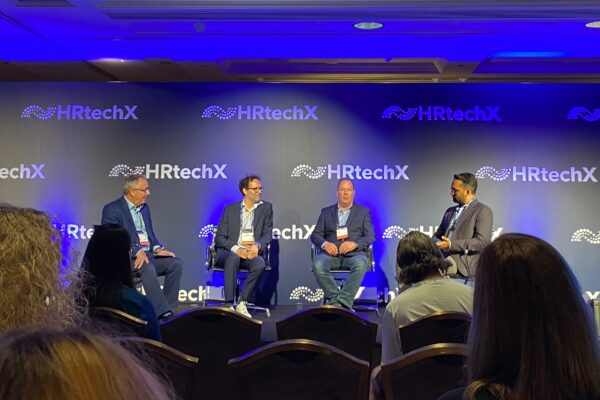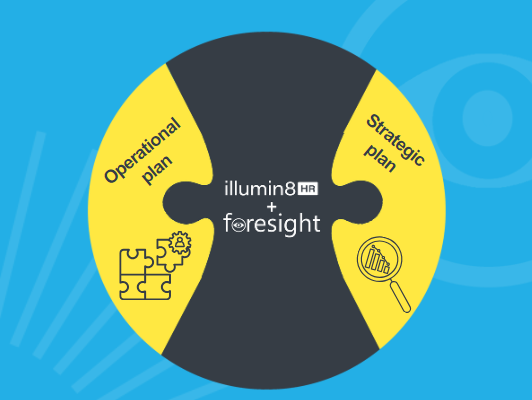We love to keep learning and last month was an opportunity for the Activ8 team to spend time with industry experts at HRTechX London. Between us, we managed to attend most of the sessions, and we’ve pulled together three key learnings from the best of what we heard.
So, if you’re wondering how and where to get started with analytics, here is some advice from the pathfinders who have already embarked on the HR analytics journey.
1. Embracing HR analytics is essential for the future of HR
It’s important for us to remember that HR analytics is not just pretty and interesting! It’s about making better decisions and it’s therefore essential to the future of HR. In fact, Dave Milner, the HR Curator had a strong message for the audience – that if you’re not prepared to embrace HR analytics as an HR professional, you might as well give up and go home!
Even the simplest applications of analytics are helping HR teams to get out of labour-intensive reactive cycles and enabling them to look at the whole HR ecosystem in an evidence-based way. As David Shontz, Head of Workforce Analytics at Nokia said, “hope is not a good strategy” so wrap up your arguments in data by embracing HR analytics.
2. HR analytics mean you enter the boardroom with the right information
Using HR analytics to illustrate your findings or recommendations means HR leaders can walk into the boardroom with the confidence they have the right information to hand. When insight from HR data is connected to business objectives, it’s clear for the leadership team to see how HR is contributing towards fulfilment of the business strategy.
As Jordan Pettman, Head of Organisation Analytics and Insights at LSEG (London Stock Exchange Group) said, he always begins with the question ‘What’s in it for me?’ Using this approach, he has strengthened the position of the HR function within the business.
3. HR analytics will always be a human endeavour
However advanced HR analytics technology becomes, we as humans will still be responsible for taking the decisions, making the action plans, and measuring success. It’s a reassuring thought for HR professionals since most of us took this career path as we want to work with people and Alessandro Linari, Head of People Analytics, Vodafone UK explained that he is passionate about keeping the human touch even when using advanced analytics.
A product like illumin8HR allows line managers and HR teams to collaborate on action plans and therefore maintains the human touch. Rather than replacing the expertise of humans, HR analytics should free HR and line managers up to focus on more value-adding working, therefore allowing HR to be the best versions of themselves at work. This is a point that came across strongly from Nigel Dias, Founder and Chair at The HR Analytics ThinkTank.
Where to start?
If you were inspired by HRTechX as we were, and are wondering where to get started, here are a few tips from the conference:
- Start somewhere. Don’t wait for clean data or the right project. Just get started with a small subject that you’re comfortable with and take baby steps before tackling the big questions.
- Use confirmation bias to help win buy-in from others. Use analytics to prove that an assumption or gut feel is fact.
- Democratise analytics to get everyone on board. This can be a scary thought but analytics, with the right permissions, needs to be in the hands of a large community including line managers.
- Consider an off-the shelf solution to kick-start your strategy. Small and medium-sized companies that don’t have an internal business intelligence team can use pre-built solutions like illumin8HR that avoid development time and cost.
If you also attended HRTechX we hope you enjoyed it as much as we did. If you’d like to learn more about how to get started with HR analytics, reach out to one of our team for an initial conversation. You can book a meeting with us here




